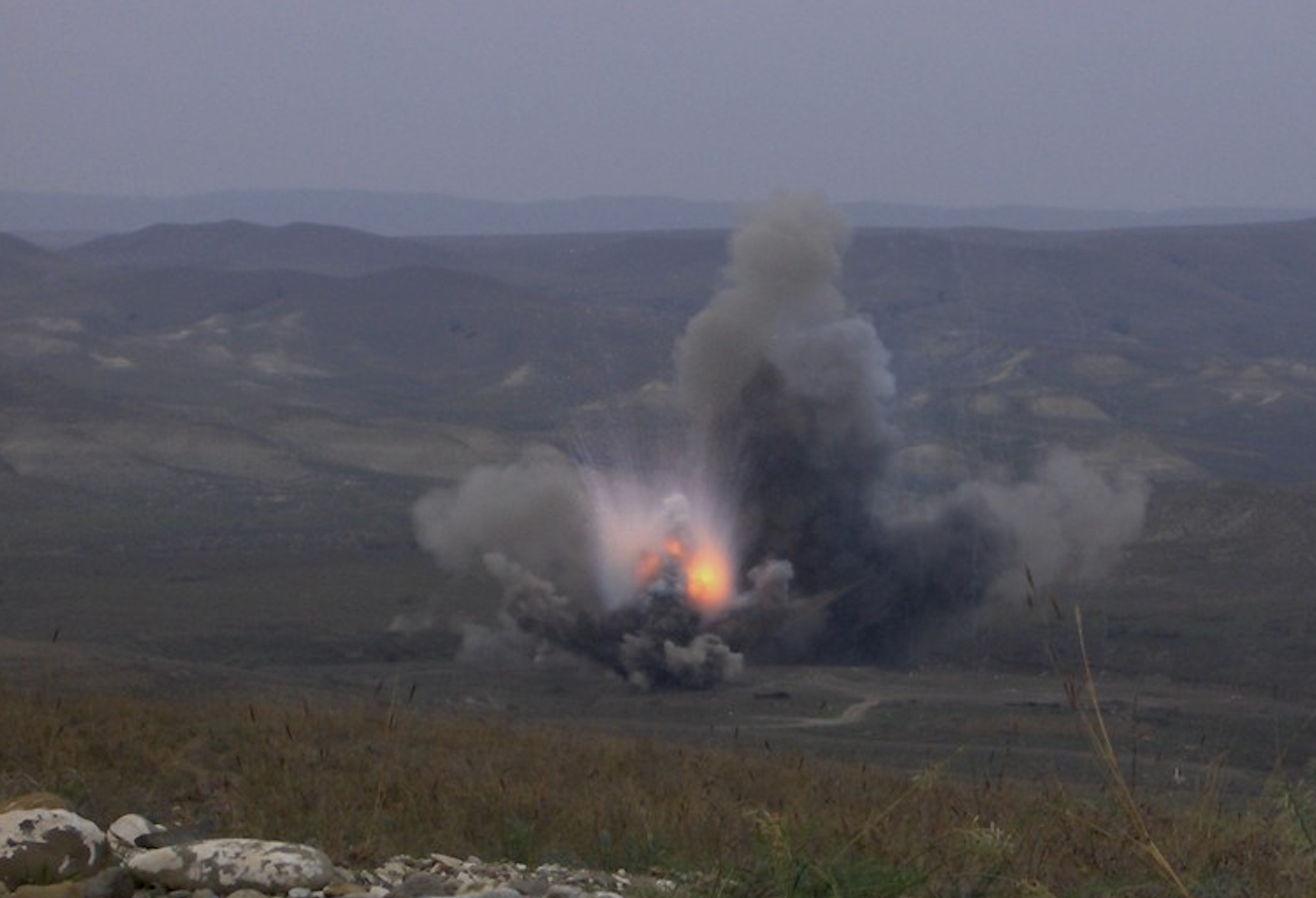The mines, unexploded ordnance and booby-trapped devices planted by Armenia during its nearly three-decade occupation of Azerbaijan’s Karabakh region are among the greatest humanitarian and security threats the region has faced since the war. The heavy contamination of large areas of land has hampered post-war reconstruction efforts and resulted in many civilian deaths and injuries.
According to preliminary estimates, more than 1.5 million mines were planted on Azerbaijani territory during the occupation. The extent of mine contamination in Karabakh is alarming. About 12% of the country’s territory is contaminated with mines and unexploded ordnance. This makes Azerbaijan one of the most heavily mined regions in the world. Mines have been laid not only in military areas, but also in civilian areas such as roads, cemeteries, houses, schools and water sources. In addition to endangering people’s lives, this situation seriously hinders economic revitalization and resettlement projects.
Mines prevent displaced Azerbaijani citizens from safely returning to their homes. People who want to engage in agriculture and animal husbandry in the reclaimed villages are forced to face the invisible danger under the soil every day. Armenia refused to share maps of minefields or provided incomplete information. This not only puts human lives at risk, but also violates fundamental human rights such as the right to life and the right to live in a safe environment.
Azerbaijan has made humanitarian demining a national security and development priority. Since 2020, awareness campaigns have been organized and the ANAMA-UNDP International Center of Excellence and Training was established in cooperation with the United Nations Development Programme (UNDP). By 2024, ANAMA’s 377 teams of experts had cleared nearly 156,000 hectares of land of mines and unexploded ordnance, with more than 151,000 explosives defused. However, the danger of mines persists in many areas, including newly reclaimed villages in the Gazakh region.
Between 2020 and 2024, 379 people were killed or injured due to mine explosions in Karabakh and East Zangezur regions. Of these, 70 people lost their lives, while 309 were seriously injured. The presence of Armenian troops in some areas makes it difficult to clarify the scope of the clearance. The landmine problem in Karabakh remains one of the biggest humanitarian and security crises facing Azerbaijan. While the Azerbaijani government, ANAMA and international partners have taken important steps in this area, the current situation requires more support and attention from around the world. Only in this way can the deadly scars of war be erased and the region be restored to a safer, more livable future.
https://azertag.az/en/xeber/landmines_in_azerbaijans_karabakh_armenias_legacy_of_destruction-3450947

